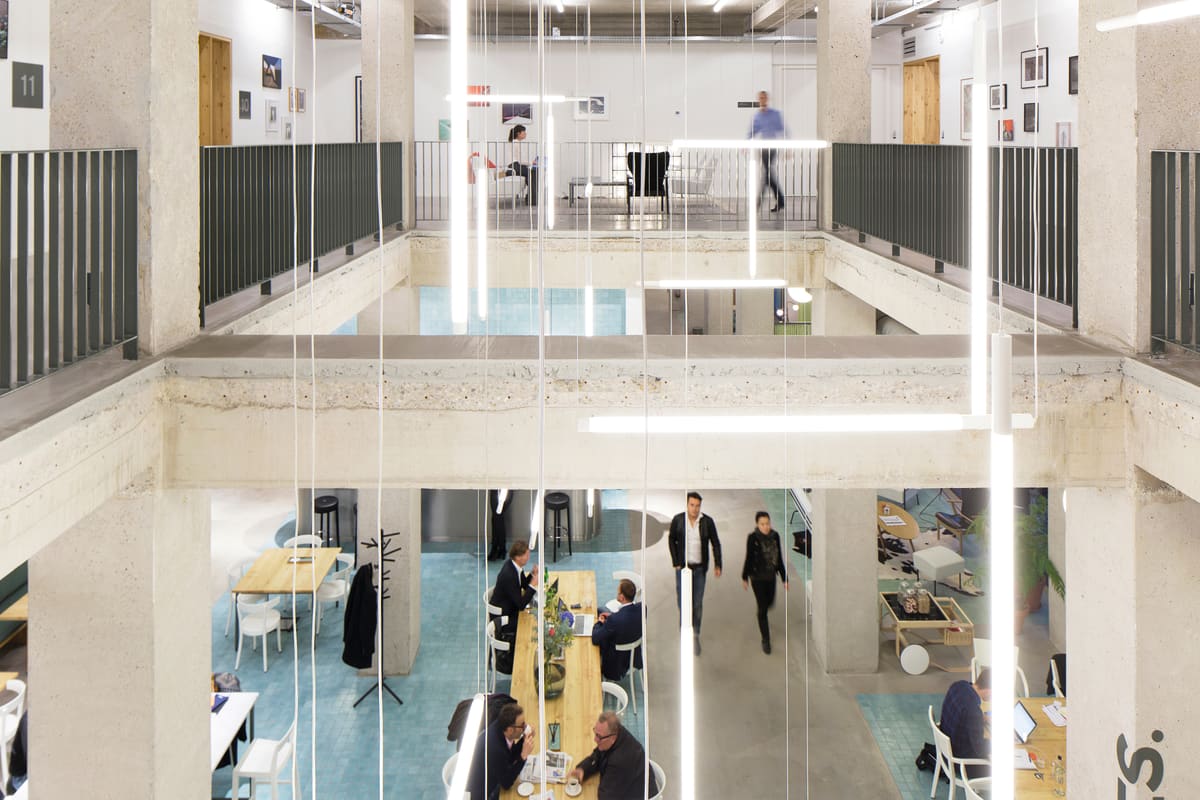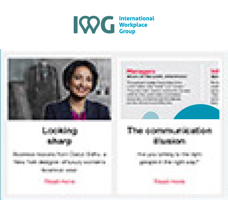Skyscrapers are no longer the automatic choice for big business headquarters. As companies diversify their property portfolios to include more flexible spaces alongside their downsized central offices, where do the opportunities lie for commercial real estate brokers?
Towering office blocks have long been a status symbol for businesses, with some of the world’s biggest corporations occupying noteworthy skyscrapers. Amazon’s main office, for instance, is The Day 1 building, one of Seattle’s tallest structures. San Francisco’s Salesforce Tower is the second-tallest office building west of the Mississippi River, while American multinational investment bank JPMorgan Chase & Co has its headquarters in the prestigious 270 Park Avenue skyscraper in New York City.
But the towering embodiment of a company’s success that is the skyscraper may be slipping out of fashion. In June, HSBC announced they’re moving from their sky-high premises in London’s Canary Wharf to a smaller office in the City. Similarly, in Milan, a shift was evident when IWG took over part of Unicredit's prime space in Gae Aulenti Square.
The Guardian reports that since Covid, there’s been a 20% dip in skyscraper construction globally, with research by CRE experts Knight Frank showing that half of big international firms plan to cut office space in the next three years. What’s more, office vacancies in some US cities are at an all-time high, a trend that’s reflected in other metropolitan areas around the world.
So why are these glamorous premises no longer en vogue? The answer is simple: hybrid working.
Why skyscraper headquarters are no longer ‘must-haves’
The way we think about the traditional workplace is changing. City business districts are no longer the sole hubs for companies — work has spread out into local and even residential areas. This is largely because the daily commute has become less common, and people now have more freedom to choose where they work from.
The hybrid model, which allows employees to split their time between local workspaces, company headquarters, and home, was already on the rise before the pandemic but now it’s been pushed to the forefront. IWG's recent study with Arup reveals just how popular this model has become: 48% of workers in the UK and 40% in the US are now working in this way.
This shift isn't just a passing trend; there are real benefits for both employers and their staff. IWG's data suggests that cutting out the commute helps workers find a better work-life balance. They're not only happier and healthier but also up to 4% more productive. Impressively, 88% of them say that flexible working improves their well-being and professional satisfaction.
Evidence of this shift in working habits is also visible in migration patterns. Since 2020, there's been a 59% rise in people moving from major US cities to smaller communities. Similarly, in the UK, every major city bar London has seen its house prices grow slower than its outskirts.
While skyscrapers and central offices will always hold value, there's a growing demand for choice in where we work. And this presents opportunities, especially for property brokers looking to meet these new demands.
How big businesses are adapting
Key to unlocking these opportunities is understanding what big businesses are doing to adapt to this new world of work. As part of their facilities strategies, large organisations are restructuring their office models, downsizing their headquarters and relying on a network of smaller local flexspaces in suburbs, closer to where employees live.
We’ve already seen that high-profile organisations including Cisco, NTT and Deloitte are enjoying the cost-saving benefits of adapting in this way. It’s also proving a central part of sustainability strategies – crucial to contributing to the UN Sustainable Development Goals – as hybrid allows businesses to cut their carbon emissions from offices and commuting.
The commercial real estate opportunity
While many companies will retain a city-centre presence, they’re more likely to downsize to a smaller headquarters. The stats suggest that more will rely on flexspaces both in and out of the city, with the flexible workspace market estimated to grow by 600% by 2030. Partnering with IWG is the best and easiest way for brokers to provide their clients with a flexible solution that adapts as they evolve to the changing work landscape.
Discover how an IWG partnership can make it easier for you to find the perfect workspace solution for your clients, whether in city or suburb.






